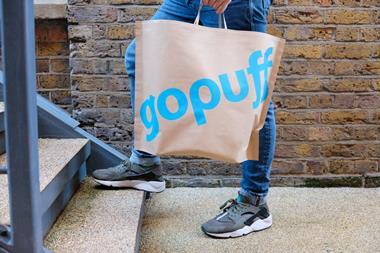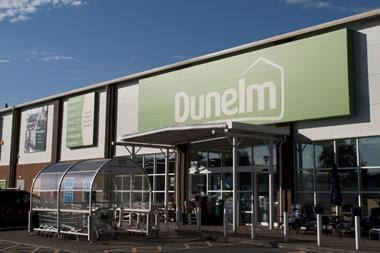Despite this fall in the inflation rate, January is the seventh consecutive month to show a year-on-year increase.
The main driver behind the inflation rate rise continues to be food, where high commodity prices have driven higher prices in shops.
But non-food prices were only 0.17 per cent higher than in January last year, which highlights the continuing force of deflation.
In January, shop prices fell 0.62 per cent, after rising 0.29 per cent in December.
This fall outweighed the increase in food prices, which rose 0.45 per cent from December - less than the 0.59 per cent month-on-month rise between November and December, suggesting that food inflation is easing off.
Despite these increases, the SPI remains significantly lower than the official Government measures of inflation. This emphasises, once again, that there is still little inflationary pressure coming from the high street.
BRC director-general Kevin Hawkins said: 'Food inflation is beginning to recede and non-food prices are still subject to strong downward pressure. As these influences feed through to mainstream inflation over the next few months, retail price inflation will ease down. Another rise in interest rates is not required.'
























No comments yet